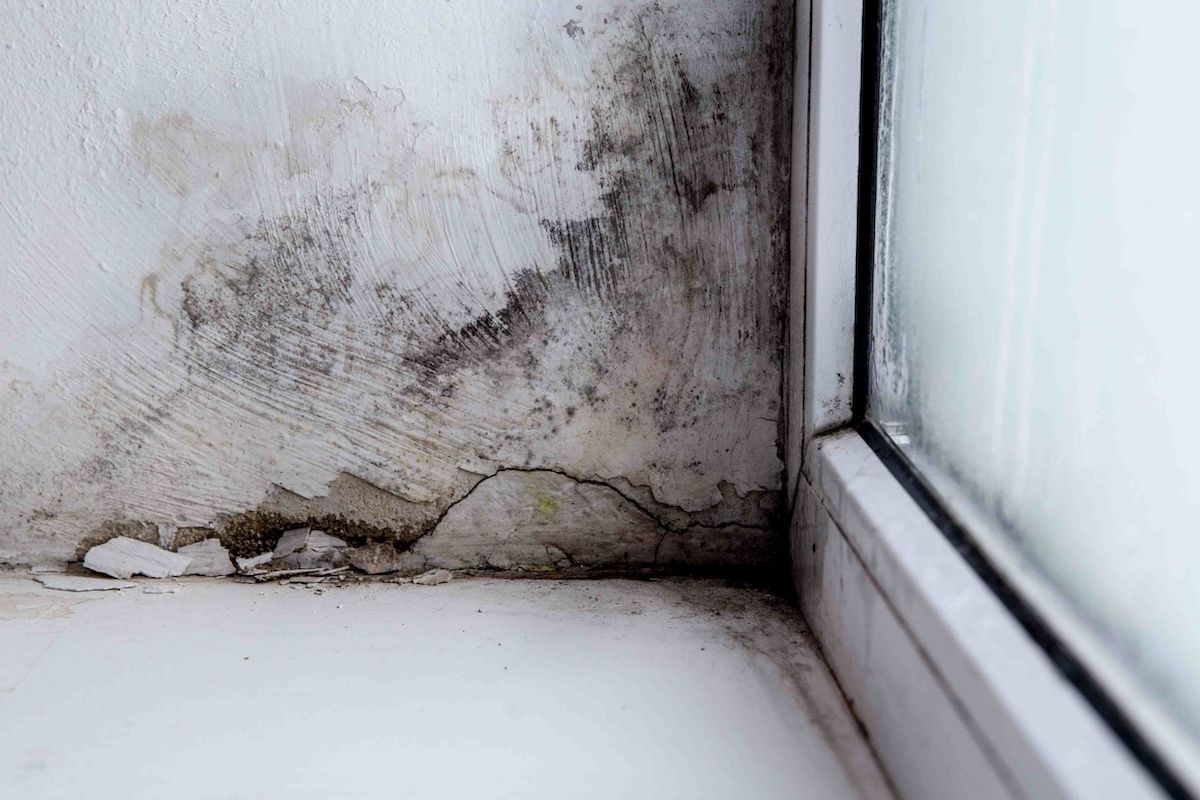Efficient Post Mold Remediation Cleaning Protocols
Efficient Post Mold Remediation Cleaning Protocols
Blog Article
Your Ultimate Overview to Blog Post Mold And Mildew Remediation Methods
In the consequences of mold and mildew infestation, recognizing how to properly eliminate the mold and mildew and stop its reoccurrence is extremely important for maintaining a healthy and balanced interior environment. From selecting the right cleaning and disinfecting techniques to implementing strategies for long-lasting mold avoidance, each step in the remediation trip plays a vital role in ensuring a successful end result.
Recognizing Post-Mold Remediation Refine
After finishing the mold and mildew removal procedure, it is important to comprehend the post-mold removal techniques that are essential to ensure a detailed and effective cleaning. As soon as the mold and mildew has been gotten rid of, the following step entails cleansing and sanitizing the affected locations to protect against any kind of regrowth of mold and mildew.
Additionally, carrying out a last inspection post-remediation is vital to make sure that all mold and mildew has actually been successfully removed. This inspection should include a complete aesthetic check in addition to perhaps air sampling to validate the lack of mold and mildew spores in the air. If the inspection reveals any lingering mold and mildew, additional remediation may be required. Educating owners on preventative procedures such as controlling moisture degrees and quickly dealing with any kind of water leaks can help keep a mold-free atmosphere.
Reliable Cleaning Up and Decontaminating Techniques

Avoiding Future Mold Growth

Importance of Appropriate Air Flow
Proper air flow plays an essential function in preventing wetness build-up, a vital variable in mold and mildew development within indoor environments. Reliable ventilation systems aid eliminate excess humidity from the air, minimizing the opportunities of mold spores discovering the moisture they need to sprout and spread out. Without ample ventilation, interior areas can come to be a breeding ground for mold and mildew, causing possible health and wellness risks and architectural damage.
By making sure proper air flow, ventilation systems can additionally help in drying out wet areas quicker after water damages or flooding incidents, additionally deterring mold development. After mold remediation. In areas like shower rooms, kitchen areas, attic rooms, and basements where wetness degrees often tend to be higher, installing and maintaining effective ventilation systems is vital in stopping mold invasions

Tracking and Maintenance Tips
Given the vital function that correct air flow plays in preventing mold development, it is imperative to establish effective tracking and maintenance ideas to guarantee the continued capability of ventilation systems. Tracking humidity levels within the building is additionally essential, as high humidity can contribute to mold and mildew development. testing air quality after mold remediation By remaining conscientious and aggressive to the problem of air flow systems, residential or commercial property owners can effectively mitigate the risk of mold and mildew regrowth and maintain a healthy interior setting.
Verdict
Finally, post-mold remediation techniques are vital for making certain a risk-free and clean setting. Recognizing the procedure, applying efficient cleaning and disinfecting approaches, stopping future mold growth, maintaining correct ventilation, and regular tracking are all critical actions in the removal process. By adhering to these guidelines, you can successfully remove mold and mildew and avoid its return, advertising a healthy and balanced living or functioning room for all passengers.
In the results of mold problem, understanding just how to successfully eliminate the mold and mildew and avoid its reoccurrence is extremely important for preserving a healthy interior environment. As soon as the mold has actually been removed, the following step entails cleaning and sanitizing the affected areas to protect against any type of regrowth of mold and mildew - Post Mold Remediation. After eliminating noticeable mold growth, it is critical to clean all surface areas in the damaged area to get rid of any kind of remaining mold and mildew spores. To further improve mold and mildew avoidance measures, it is vital to resolve underlying problems that originally led to mold advancement.Provided the essential role that proper ventilation plays in avoiding mold development, it is necessary to develop effective surveillance and upkeep suggestions to make certain the ongoing capability of air flow systems
Report this page